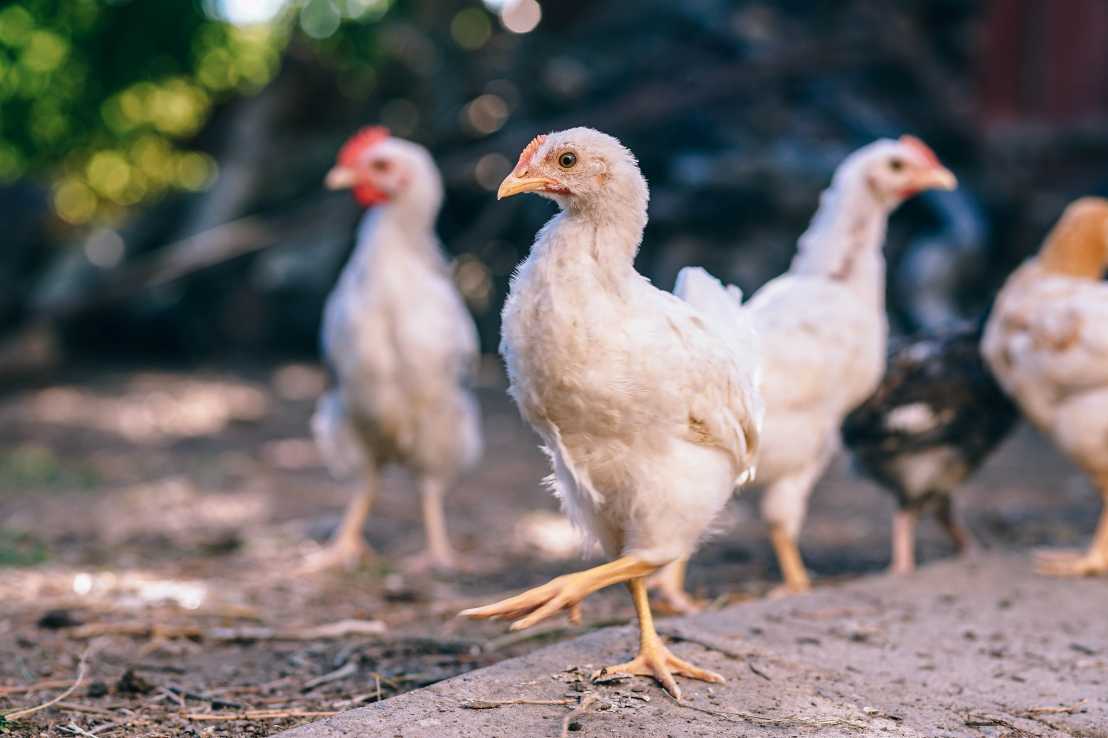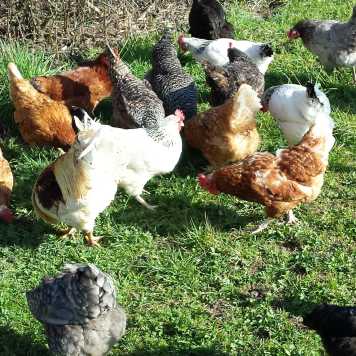Willingness to pay for dual-purpose: New study from the INDUCE project
To determine our willingness to pay for products of dual purpose chickens, a new study published in Poultry Science from the WFSC member groups of Prof. Micheal Siegrist and Prof. Michael Kreuzer surveyed 400 Swiss consumers.

Intensive specialization in the global poultry sector, driven by a desire for higher feed conversion efficiency, has resulted in a complete decoupling of egg and meat production. The WFSC Research Programs project “Elements of successful novel dual purpose chicken production systems: Biological background, feed requirements and efficiency, meat and egg quality, and consumer perception” (INDUCE) aims to identify key elements of successful dual purpose poultry production systems through biological and consumer perception studies of both egg and meat production.
In the new study published in Poultry Science, lead author and postdoctoral researcher Dr. Isabelle Gangnat surveyed consumers’ acceptance to dual purpose poultry systems, in which males are fattened and females are used for egg production. What the team of researchers found what that of respondents’ knowledge about poultry production was low; the practice of chick culling was largely unknown to the 402 consumers at 8 Swiss supermarkets surveyed.
Also, consumers’ willingness to pay was related to their knowledge about poultry production, their habits purchasing organic or free-range poultry products, and familiarity with dual purpose products.
The researchers, therefore, recommend a combination of the dual purpose alternative with an organic label.
Read the full article " Swiss consumers' willingness to pay and attitudes regarding dual-purpose poultry and eggs" from the team of authors at ETH Zurich in Poultry Science external pageherecall_made

The paper is an output of the WFSC Research Program project “Elements of successful novel dual purpose chicken production systems: Biological background, feed requirements and efficiency, meat and egg quality, and consumer perception." For more information on the project, visit the project page
